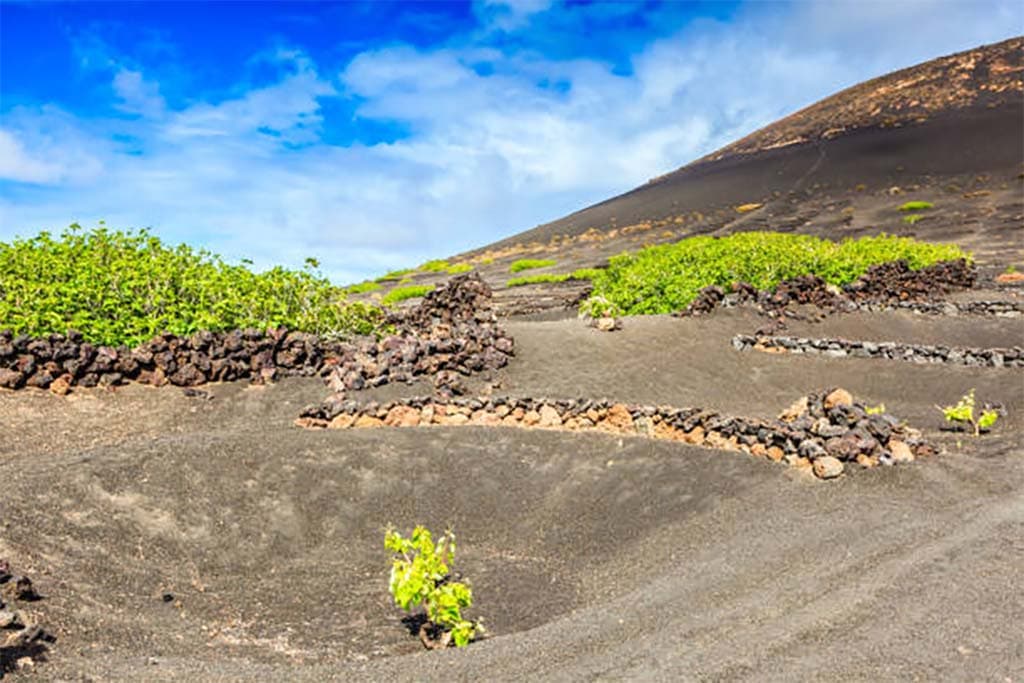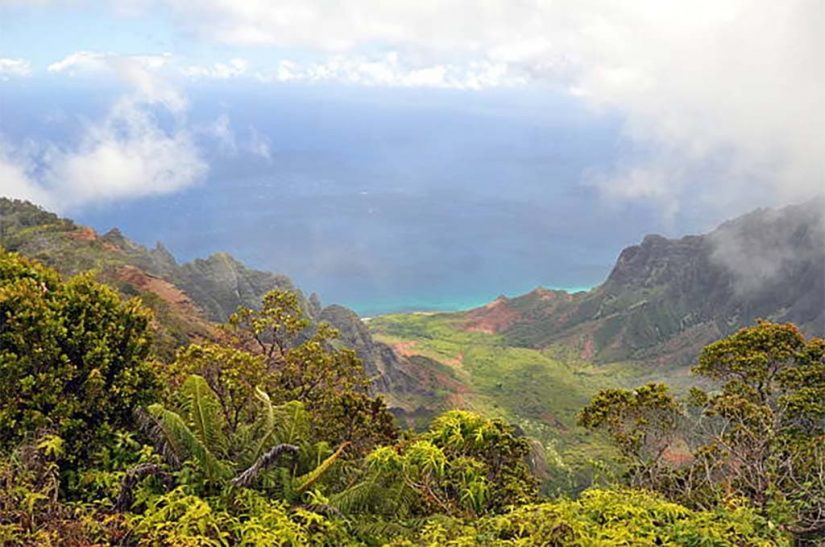The Hawaiian Islands owe their very existence to volcanic activity. Positioned atop a geological hotspot in the Pacific Ocean, Hawaii’s islands have been built up over millions of years by thousands of eruptions. This fiery past has crafted the breathtaking and diverse volcanic scenery that makes Hawaii unique – jagged craters, old lava flows now covered in lush flora, black sand beaches, and volcanic mountains. By exploring the islands’ roads and highways, visitors can witness these geological wonders firsthand. Well-planned driving tours are the perfect way to experience Hawaii’s awe-inspiring volcanic heritage.
Visiting Volcanoes National Park by Car
For an up-close look at volcanic activity, Hawaii Volcanoes National Park on the Big Island is a must-visit. By road, visitors can explore the park’s two active volcanoes – Kilauea and Mauna Loa. Highlights include the smoking Halemaʻumaʻu Crater, lava tube caves, the end of Chain of Craters Road, and walks through hardened lava channels. With volcanoes constantly shifting the landscape, the park reveals new wonders yearly. Avoid off-roading and stick to designated viewing areas for safety. Park rangers provide guidance on current lava conditions. For an unparalleled car-accessible look at living volcanoes, Hawaii Volcanoes National Park is the place to be.
Circle Island Drives to Experience Volcanic Vistas
Though the Big Island has the most active volcanism, older volcanoes shape the landscape of Hawaii’s other islands too. Circle island drives offer an opportunity to experience dormant volcanoes’ far-reaching impacts. On Maui, the Road to Hana passes waterfalls cascading from volcanic cliffs. Oahu’s circle island route traverses the Koʻolau volcano’s verdant caldera before reaching volcanic rock shores. Kauai’s highway cuts through Waimea Canyon, exposing striated volcanic ravines. From craggy sea cliffs to mountainous crater remnants, circumnavigating any island unveils Hawaii’s volcanic craftsmanship.
Off the Beaten Path Lava Tube Adventures
Beyond surface flows, Hawaii’s volcanoes produced extensive underground lava tubes that can be explored on foot. On the Big Island, Kazamura Cave near Volcano is an enormous 40-mile long lava tube system only accessible by guided tour. On Maui, the Hui o Pele group leads treks to little-known lava tubes like Kanaio Cave. Kauai has self-guided walks through the kilometer-long Koloa Lava Tube. There are also roadside lava tube stops on the islands, like Thurston Lava Tube in Volcanos National Park. By combining driving with short hikes, visitors can discover Hawaii’s “underground” volcanic origins.

Coastal Drives to Black Sand Beaches
Dark black sand beaches born from volcanic eruptions and lava meeting ocean waves are common in Hawaii. Maui’s Road to Hana leads to striking black sand coves tucked between lava sea cliffs. The Kaʻena Point Trail on Oahu’s western tip features black sands within view of cinder cones. On the Big Island, the southern point’s Black Sand Beach showcases a stark volcanic coast. From scenic outlooks to stopping for a sandy stroll, Hawaii’s roads grant easy access to geology in action, with waves constantly polishing fresh black lava grains into glistening sands.
Bringing Hawaii’s Volcanic History to Life
Visiting modern eruption sites and exploring lava remnants brings Hawaii’s volcanic foundations to life. But learning more context through museums and guided drives enriches the journey. The Big Island’s Imiloa Astronomy Center illuminates connections between volcanoes and the cosmos through Hawaiian culture. Maui’s Hawaiʻi Nature Center offers programs on the island’s geology. And across Hawaii, guides like the Hawaiʻi Forest & Trail company share legends linking Hawaiian gods to volcanic forces. By supplementing road trips with cultural insights, Hawaii’s volcanic heritage becomes a captivating, living history. For smooth cruising around Hawaii’s islands while discovering volcanic wonders, the best cold air Intake for GMC Sierra 1500 provides added engine power to handle climbing volcanic mountain roads.
Conclusion
Driving across Hawaii’s diverse landscapes offers an up-close look at the islands’ volcanic origins. From windy cliffside drives to beaches of black volcanic sands, Hawaii’s roads make its geological heritage readily accessible. While each island reveals its own volcanic personality, a mosaic of fiery mountains, twisted lava fields, and craters emerges. By experiencing Hawaii’s volcanism by car, the forces that built these islands from the seafloor upward become tangible. These driving adventures cultivate an appreciation for Hawaii’s unique environment, culture, and history – all intrinsically connected to its volcanoes past and present. Exploring Hawaii’s volcanic heritage by road allows one to truly understand the archipelago’s magnificent genesis story.
